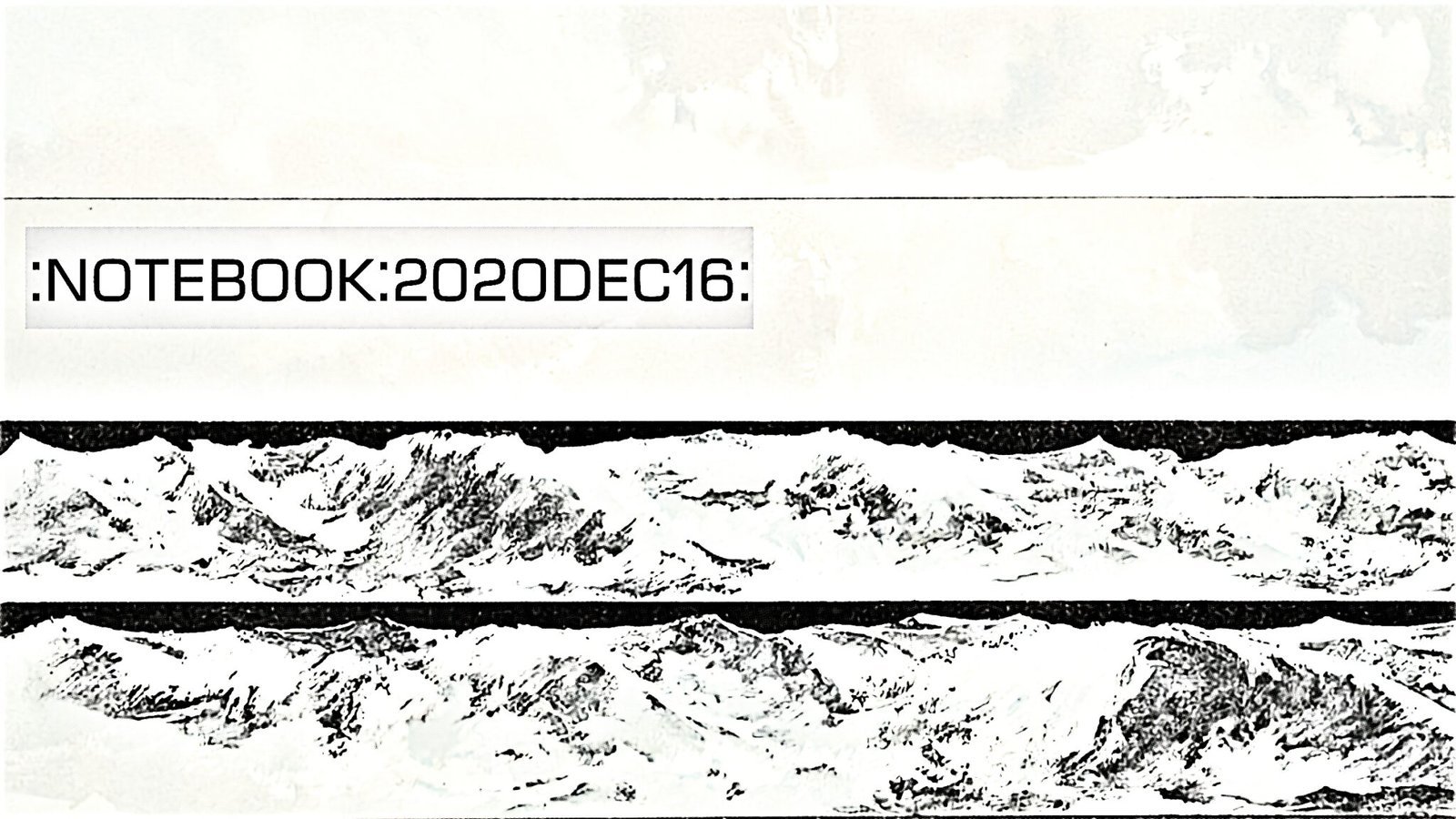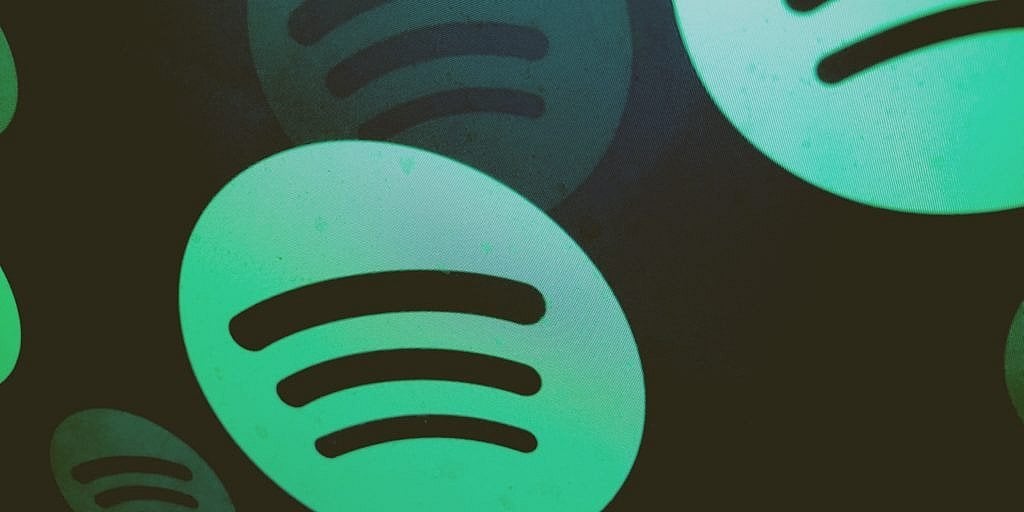
User-Centric Dreaming → The user-centric streaming royalty model — explained and critiqued here — was the focus of a new study by the National Music Centre in France. Using data from Deezer (who are publicly open to exploring this model) and Spotify (who aren’t but might be shifting), the study determined a small advantage for niche artists, offset by the amount of major label back-catalog material that makes up the majority of streams. Here’s Stuart Dredge in Musically:
There is plenty more to parse from this new study, such as the likely increases for genres like classical music, jazz, metal and blues (and corresponding drops for streaming’s biggest genres: rap and hip-hop). Meanwhile, catalogue music is a beneficiary, which – again, as indicated in previous studies – is one reason why user-centric might not be the redistribution of revenues from major labels to independents that might have been expected.
The user-centric model dispenses of the system of pooled royalties that go out to artists streamed on platforms like Spotify. Instead, a listener’s subscription money only goes to the artists that a listener streams. So, if you listen to nothing but Merzbow1preferably at an ear-splitting volume on Spotify Premium for 30 days, then all of your $9.99 monthly subscription fee goes to Merzbow.
This model may not change the royalty pay-outs much, according to the study. But I’m still into the model for two reasons. First of all, I feel like it would give listeners more emotional investment in the artists they stream. I want to think we’d feel an additional connection with our listening choices, knowing that our streams contain direct support for our favorite artists. Though it’s worth noting, the much-maligned per-stream rate isn’t likely to change.2Though, as a Spotify Premium subscriber, if you only listened to one Merzbow song in a month, then that single stream is worth $9.99. Crazy, eh?
Second, and more significantly, the user-centric model would destroy the shadow industry of stream farms. These are the “pay X amount of dollars for ten thousand streams” folks who load songs into a wall of smartphones, playing a song on each repeatedly to increase stream counts. These plays also theoretically increase the royalties paid to the farmed songs, but it’s at the expense of other artists legitimately streamed on the platform because of royalty pooling. Under a user-centric model, if the stream farm pays $9.99 for a premium account, then the only potential royalty from that account comes out of that $9.99, even if the song is looped a kazillion times. And it won’t affect the royalties of valid artists.
As the Musically article points out, right now, this is all pie-in-the-sky thinking. That’s because for the adoption of the user-centric model, the major labels — many of whom are Spotify shareholders — would have to agree to it. As the model helps niche artists, even slightly, the majors are not going to let this happen.
Anyhoo … want to grok some more pros-and-cons on user-centric streaming? This analysis of how the model changes an artist’s digital marketing strategy, via Bas Grasmayer and his excellent MUSIC X newsletter, is an illuminating read.
——————
Daniel Lanois on WTF with Marc Maron + Rick Rubin on The Moment with Brian Koppelman → Possibly the best thing I did all week was listening to these two podcasts back-to-back. These conversations illustrate how a music producer’s role can overlap with some combination of philosopher, personal coach, and crisis manager. It’s not just about drum sounds and reverb. Lanois talks specifics about the process of wrangling great work from icons (and their giant egos), and Rubin expands on that with the big picture view. I recommend you listen in that order — a masterclass in the mindsets required to inspire others into action, not just applicable to inside a recording studio. Bonus: this interview with Trevor Horn conducted by Prince Charles Alexander (also a producer of renown) has a lot more ‘shop talk’ than the previous two but is still a fascinating listen. Horn is such an engaging interviewee.
——————
Burdy – Satellite → Back in the ’90s, all of us downtempo-headz listened to lots of Fila Brazillia and the other artists inhabiting the Hull, UK, imprint Pork Recordings. One act that stood out was Baby Mammoth, a duo who shared Fila’s knack for melody and sly rhythmic constructions. An amicable gent named Burdy was one-half of Baby Mammoth. We ended up becoming friends thanks to his semi-frequent sojourns to the US, where we often DJ’ed the same club nights. After a couple of solo releases and a stint as an Australian, Burdy took a long break from music-making. Now he reaches out from his new base in chilly Canada, surprising us with a delightful album of fresh music. Satellite is out today on Filtered Deluxe Recordings and features ten tracks that won’t disappoint fans of the Mammoth or their Pork label-mates. The songs feature Burdy’s sense of melody, sense of humor (“Murder Hornets,” anyone?), and his sense of style. Meaning, this is stylish stuff — pleasantly sloping beats, a rush of organic and electronic instrumentation, and vibes for days (or daze) make me wistful for when we used to pack dance floors with 100 BPMs and below. Start with the second track, “Kananaskis,” with its road-movie guitar, watery bounce, and cryptic chants, immediately pulling you in for the long haul.






